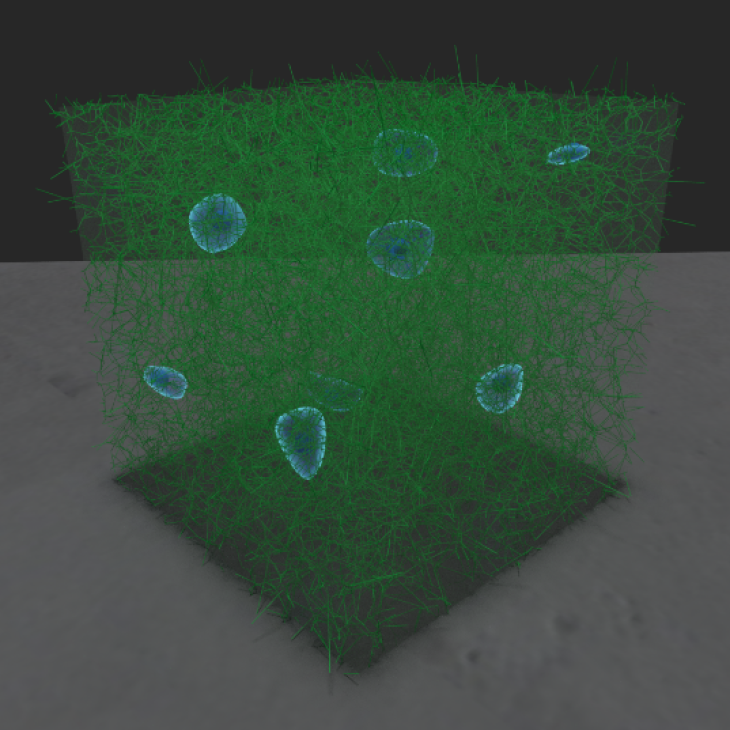Methods & Software

Pic: Hereon/N. Huber
Several software tools are being developed for the JL VMD at Hereon. The non-commercial, highly efficient multiphysics code 4C is being developed jointly with the Technical University of Munich (TUM) and the University of the Federal Armed Forces in Munich.
4C enables the efficient solution of problems in solid mechanics, fluid mechanics, scalar transport and coupled systems. In particular, fluid-structure interactions, flow-through porous media, electromechanical and other problems can be calculated numerically on different discretizations. Mainly finite element and particle methods are used.
4C is MPI parallelized and can be used efficiently from workstations to large HPC systems. To ensure this, 4C is linked to tried and tested parallel equation solvers, including the Trilinos library from Sandia National Lab in the USA, and uses their latest developments. Particular attention is paid to the scalability.
Codes based on the numerical solution of physical equations are supplemented by method developments in the field of machine learning. The focus here is on self-optimizing architectures, the blending of simulation data with experimental data and the coupling of data-supported and theory-supported architectures.

Pic: Hereon/E. Schiessler
We developed a framework for a genetic neural architecture search algorithm that combines optimization of the network architecture with training the network itself. Based on mathematical and statistical criteria, modified network versions are created and then compete against each other. Winning modifications are selected from the pool of generated candidates and receive further training. This process is repeated until a fully developed fully trained final network emerges.
Source: Elisabeth J. Schiessler, Roland C. Aydin et al., Neural network surgery: Combining training with topology optimization, Neural Networks, 2021
Publication
